The 1968 Dodge Charger Wasn’t Built for You
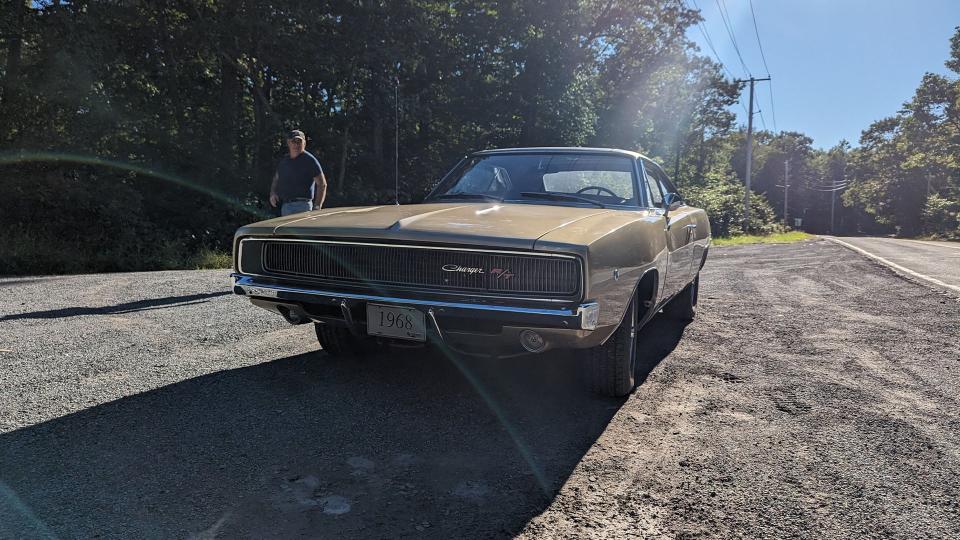
In a sea of Mustangs, Camaros, Challengers, Chevelles, and Darts, there's nothing like a second-gen Dodge Charger. It's aggressive and refined, brutish and elegant, sinister and righteous, all at the same time.
That goes deeper than the surface, too. The second-generation Charger was Dodge's chosen warhorse on the performance front, and it saw the culmination of all of its best efforts at the height of the horsepower wars. Even with modern Hellcats and Demons stealing the spotlight today, nothing quite matches what went down all those years ago.
It's an icon in every sense of the word. Both in the history books and on the silver screen, the Dodge Charger is a force to be reckoned with and will forever be one of the most iconic cars—if not the most iconic car—to ever leave Detroit.
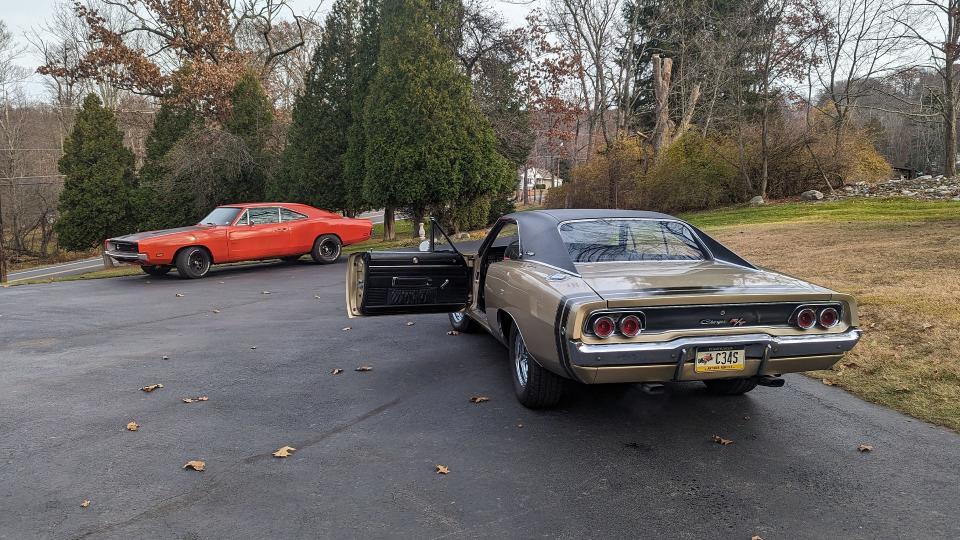
It all started in 1968 when Dodge introduced the coke-bottle body style. For many, the second-gen first-year ‘68 model is a dream car. Unfortunately, the passage of time has vastly reduced the number of good examples that remain, driving prices through the roof and the chances of owning one out the door for many.
I recently had the opportunity to drive a fully restored 1968 Dodge Charger R/T. Nearly everything, down to the inspection marks, is as it would have been the day this car left the assembly line. It’s far from an overly-plushy restomod that we’re far too used to seeing. It’s also not a pristine example of a personal luxury car that was ordered with every box checked. This is a rare example of real muscle. Driving it is brutal, unforgiving, and takes a lot of effort, but mastering it is an experience like no other.
1968 Dodge Charger R/T 440 Specs | |
|---|---|
Right away, some of you are going to ask how I dare call this real muscle when it doesn’t have a Hemi. Long before marketing teams bastardized the term by using it to describe anything with a hint of aggressive styling, it was tied to American cars with a high-performance V8 under the hood, rear-wheel-drive, and little more. Anything that didn't help haul ass didn't get to go for the ride.
The Charger, in general, isn't the truest to form in that regard. The 1968 Plymouth Roadrunner, by contrast, is an example of a pure muscle car with very few bells and whistles, and just two engine options to work with. Chargers were flashy cars designed to compete with the Ford Mustang, with versions available for just about every purpose, few of which were actual R/T cars. However, this Charger is about as raw and ready for action as a factory-optioned version is going to get.
Of the 92,000 Chargers that were produced in 1968, only 17,000 were the performance R/T versions, and little over 2,700 of those were outfitted with a 440 and a stick. This is one of them. It’s also factory-optioned with manual brakes and manual steering. It’s hard mode on wheels.
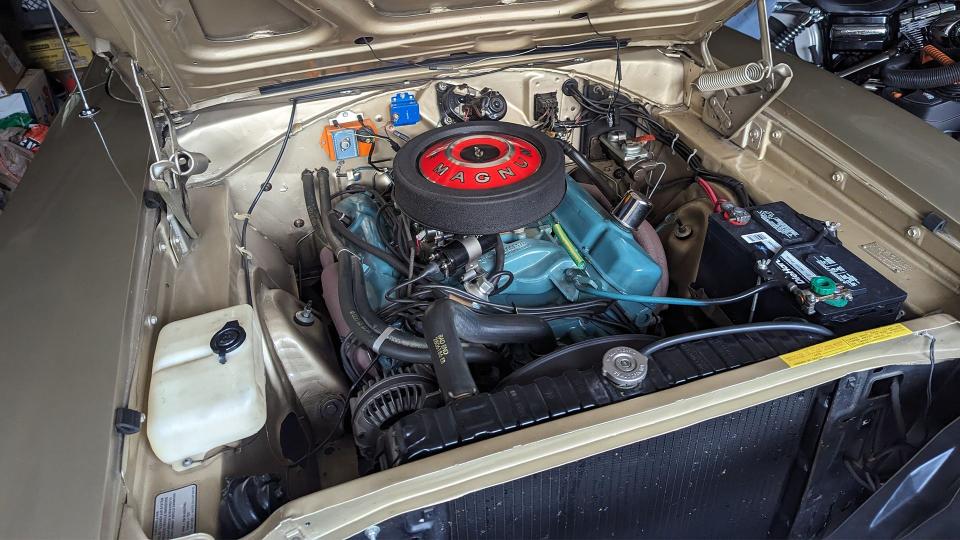
Though it doesn't have the coveted Elephant under the hood, the 440 is an absolute freight train at lower rpm, and you're anything but unaware of its power when driving it. The R/T badge also indicates the inclusion of heavy-duty suspension, and a Dana 60 with 3.55 gears to the rear holds everything together when that clutch engages.
This car was subject to a show-level restoration back in the early 2000s. The original owner had painted the car B5 Blue, and the second owner, knowing how rare R/T 1968 Chargers are, opted to return the car to its original hue. While the new Champagne Gold color isn’t the factory JJ1 Gold, it’s a near-perfect match.
The restoration is almost painstakingly accurate with only the interior being left untouched. On an appearance level, everything is as it should be and damn close to how Dodge originally sent it out into the world. Again, even the inspection marks on items like brake drums and the throttle return spring are present. It’s an inspiringly beautiful job throughout, one the builder should be immensely proud of.
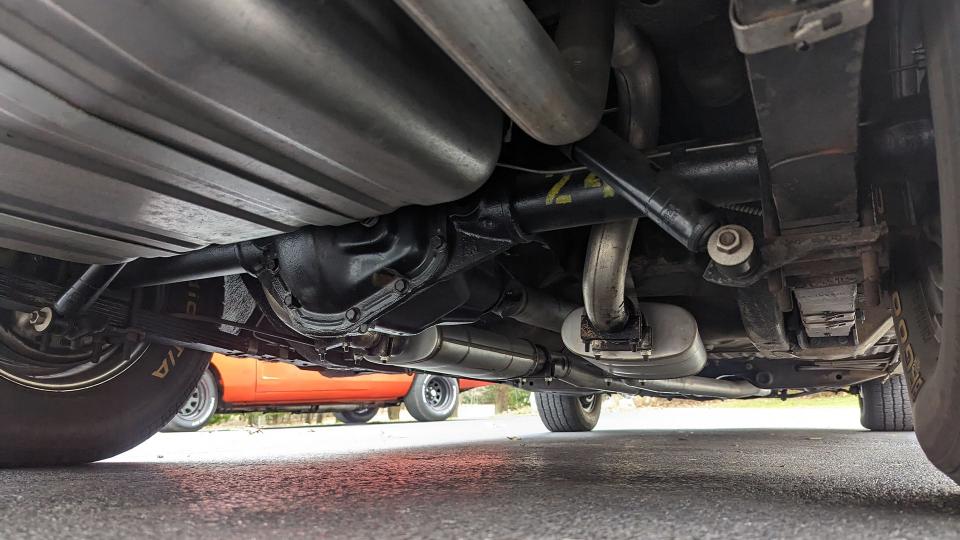
That's not to say everything is factory-accurate. Upgrades were made where they made sense. The 440, for example, was rebuilt and outfitted with .030 over Keith Black slugs, and though the cam, intake, and exhaust were left stock, this will make a difference in power. It’s also been upgraded to an electronic ignition system. Though, it is a factory-style unit that you’d find on 1973 model year cars.
Inside, the sound system was updated with an aftermarket head unit mounted to the bottom of the dash. Last but certainly not least, the car is sitting on aftermarket wheels and tires, which are way better than the undersized combo these cars came with.
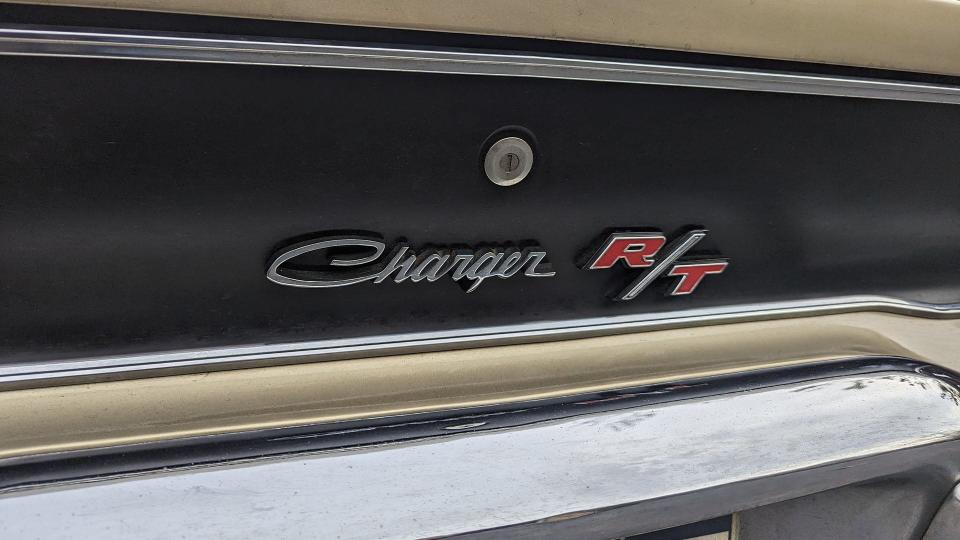
Rough, Raw, and Everything You Signed Up For
The first time I drove my personal 1969 Dodge Charger was a rough experience. My legs trembled as years of excitement had built up to that moment. It was hard to command the car physically, let alone focus on all of the sensory cues as butterflies filled my stomach, and my mind darted to a million places at once.
I relived that moment as I was handed the keys to this car. The difference is that this is a prime piece of history. The pressure not to screw it up was immense. That feeling lasted no more than a few seconds, though. As I began to move, the amount of effort it took to actually drive the car drowned out anything else.
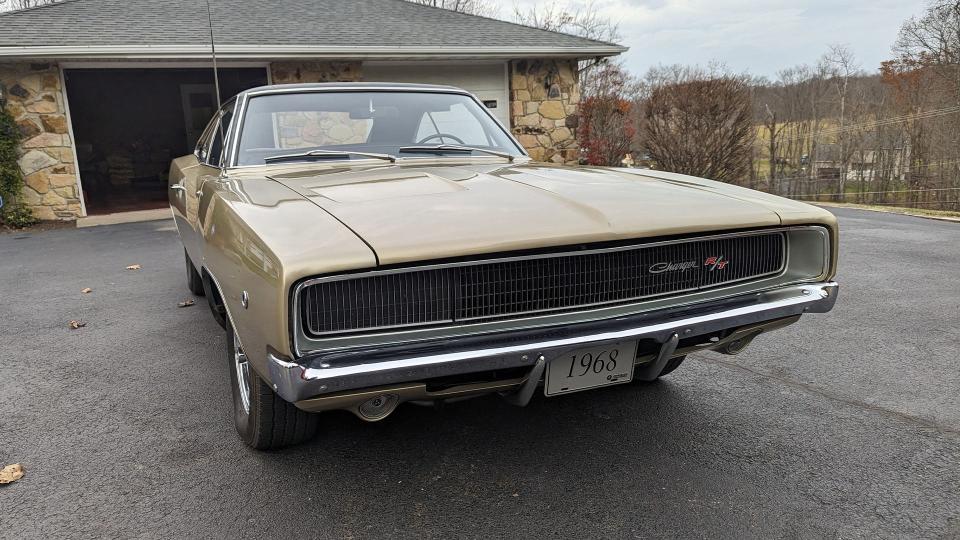
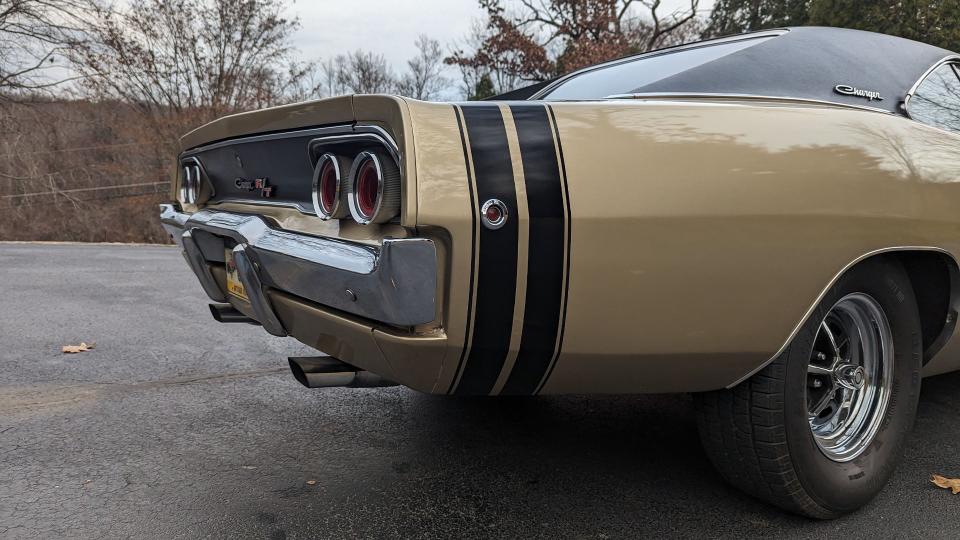
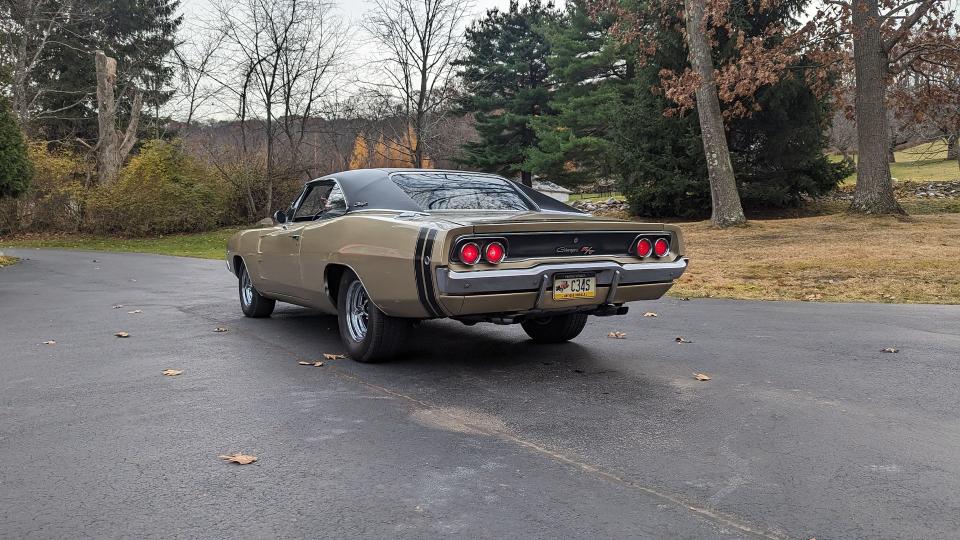
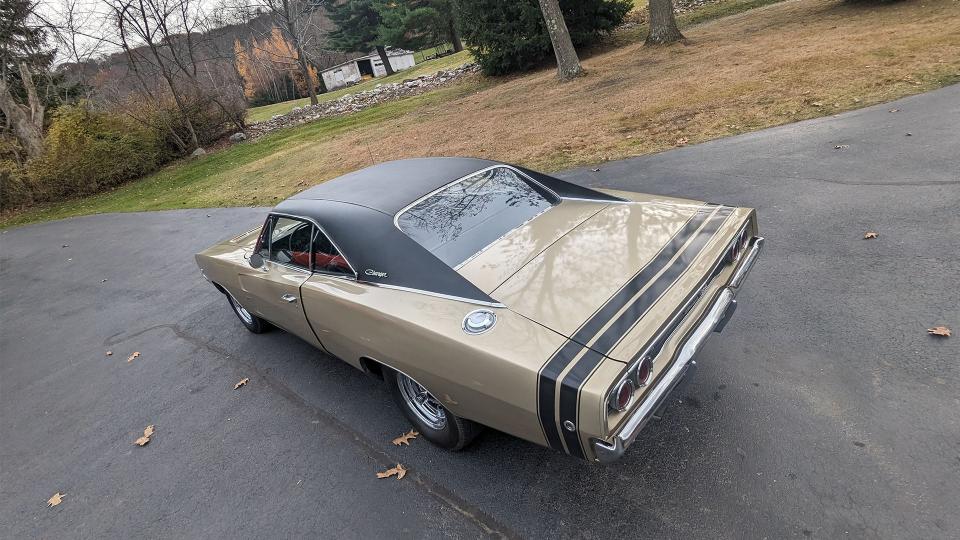
The car is completely unfiltered. It does nothing to deceive you. It’s not softening anything up to make you feel safer or like a better driver than you are. Everything. Every gear change, every brake, every turn, the smoothness and safe operation of every last input rests solely on your shoulders. It's as though the weight of the responsibility is what pushes you back in your seat, not the might of the engine. Though that may be overwhelming at first, true bliss lies just ahead. The reality of what it takes to drive this car heightens your senses, melding you entirely with the machine.

 Yahoo Autos
Yahoo Autos 